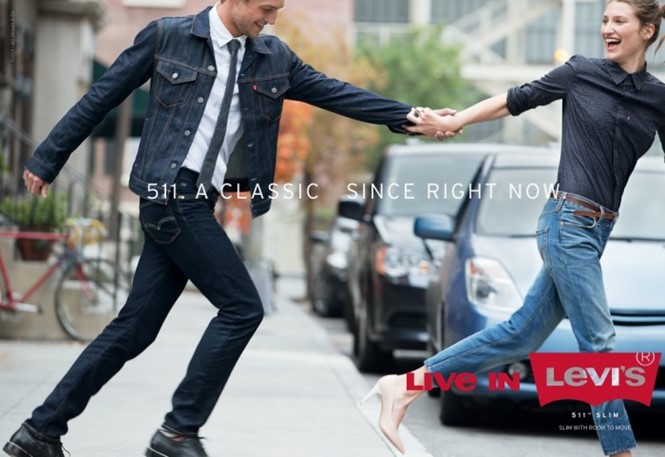Levi’s new positioning to revive brand’s cultural relevance
Levi’s has launched a $96m global campaign to reinvigorate its brand and combat what has been dubbed ‘the Jeremy Clarkson effect.’ The campaign will use print advertisements, real-life customer stories, and a global TV and cinema spots to position Levi’s as a brand at the centre of popular culture.
The sale of Levi’s jeans plummeted in 1997 when middle-aged men, such as Jeremy Clarkson and Tony Blair, made them seem “uncool”. With all self-respecting adolescents turning down the opportunity to dress like their prime minister, Levi’s sales dropped to an all time low. By 1999, Levis was barely breaking even on profits.
Levi’s recent campaign is an effort to combat against these stereotypes, and to recapture the youth and vitality that Levi’s products once represented. At the height of their popularity, in the ’60s and ’70s, Levi’s was seen as trendy and rebellious. The brand, especially its famous 501 five-pocket jeans, was associated with global icons such as Elvis Presley and Bob Dylan. Levis made jeans more than durable work trousers, theybecame symbols of youth and reminders of carefree days spent with good friends.
CMO Rachel Sey told the New York Times, “When we’ve been at our best, the brand has been at the centre of culture, not right on the edge.”
Now, more than 40 years later, Levi’s is hoping to revive that brand positioning. The Go Forth branding of recent years will be replaced by the new ‘Live in Levi’s’ strapline and campaign. One of the intentions is to appeal to a younger generation through the use of digital media and popular engagement by encouraging social sharing of Levi’s products.














